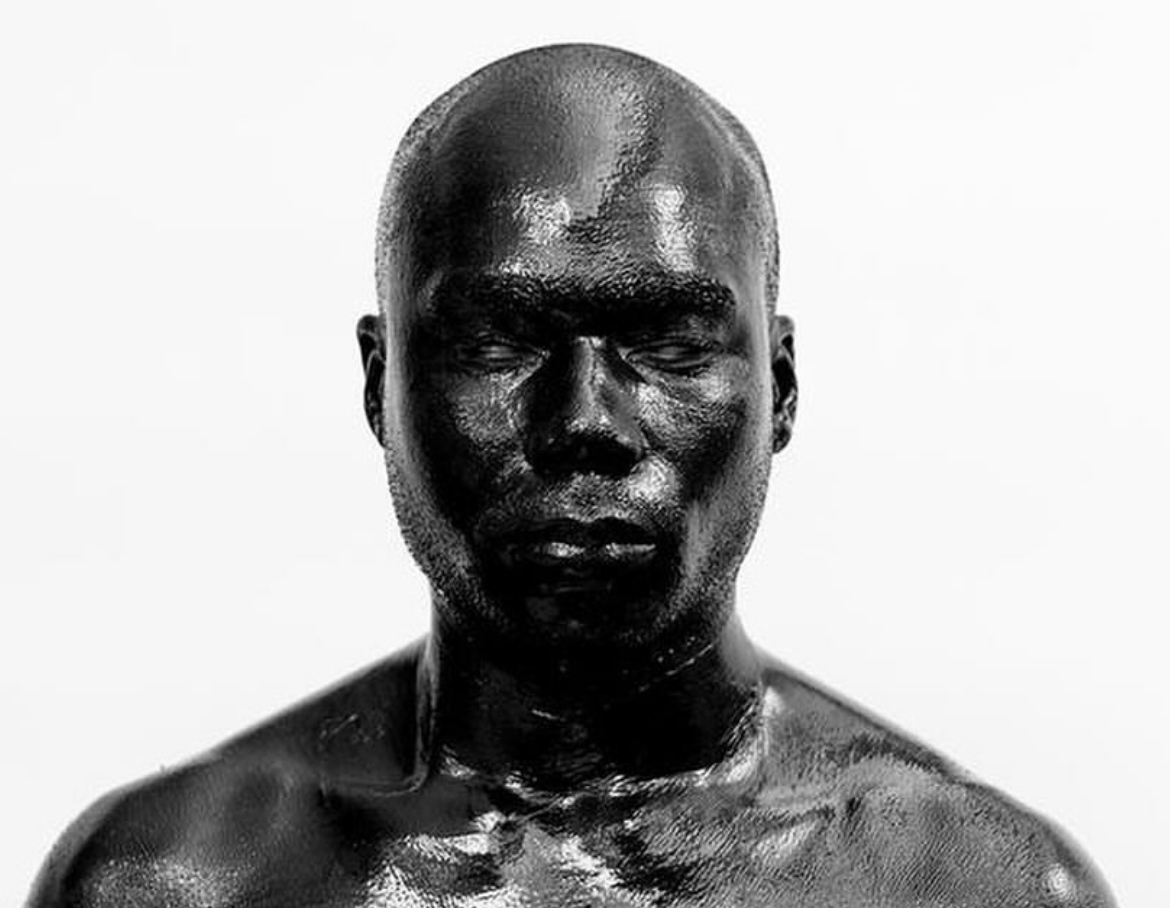We’re excited to introduce you to the always interesting and insightful Branden Collins. We hope you’ll enjoy our conversation with Branden below.
Branden, looking forward to hearing all of your stories today. What’s been the most meaningful project you’ve worked on?
The most meaningful project I’ve worked on to date is my latest exhibition, Another World Is Possible, which had it’s debut this past October at the Goat Farm Arts Center in Atlanta, Georgia. The exhibition, which will be my last public work, was also my largest. AWIP was part retrospective, part experiential art work, social experiment and performance art. The show represented the culmination of over a decade of creative work and an exploratory testing ground for my independent research in quantum information science. For nearly ten years, I’ve been working in art & design leading a fluid collaborative creative network called The Young Never Sleep. The Young Never Sleep Studio was founded in 2010 as a collaborative creative network for visual experimentation & interdisciplinary design services. The work we created was guided by the philosophy that art, science, culture and technology are intimately intertwined as equally valuable tools to advance human progress and understanding. With this philosophy, we have used the experimentation and creative work made with peers and clients alike as a method of “worlding” or world-building. World building had been an interest of mine since my childhood; crafting stories, drawing comics, playing strategy games. In more recent years, as my practice developed, I began to recognize the significance of world building and its practical applications as a serious way to envision and architect new social, economic, and technological paradigms. The work I was doing in my spare time with peers, was the same kind of work larger, more resourced institutions were engaging in across virtually every sector of the global socioeconomic sphere. I spent 4 years in a full-time tenure at Snap Inc., better known as Snapchat, in their R&D department working on the team that developed their first Spatial Computing wearable device, Spectacles. This experience gave me a much deeper understanding of the systems and operational dynamics involved in developing technologies at scale, and more importantly, gave me insight into the impact tech was having in the global arena. I walked away from this experience compelled to bring these insights to my peers and work with collaborators to reclaim our autonomy in tech. I introduced a framework called Communion, set out to establish a new information economy, with an integrated ecosystem of products, services and experiences, all owned by its users. Over the past few years, I’ve been working on building on this framework through the development and execution of these products, services and experiences. Simultaneously, I’ve been deepening my understanding of the implications of information through a self-guided research practice in information science, information systems and information philosophy. One of my longer-term aspirations is to outline a framework for a new approach to integrated information science, rooted in world-building. I’m particularly interested in the emerging research and applications related to quantum information theory and the technologies being developed through this work. Another World Is Possible was the first manifestation of this work. The show included 4 immersive experiential vignettes, 3 video games, augmented reality experiences, and a collection of my research archive, all delivered via an interactive, gamified journey for the attendees. It was the first time the Communion framework was actualized in a physical environment. It was a profoundly significant achievement for me and all the collaborators that contributed to making it happen.

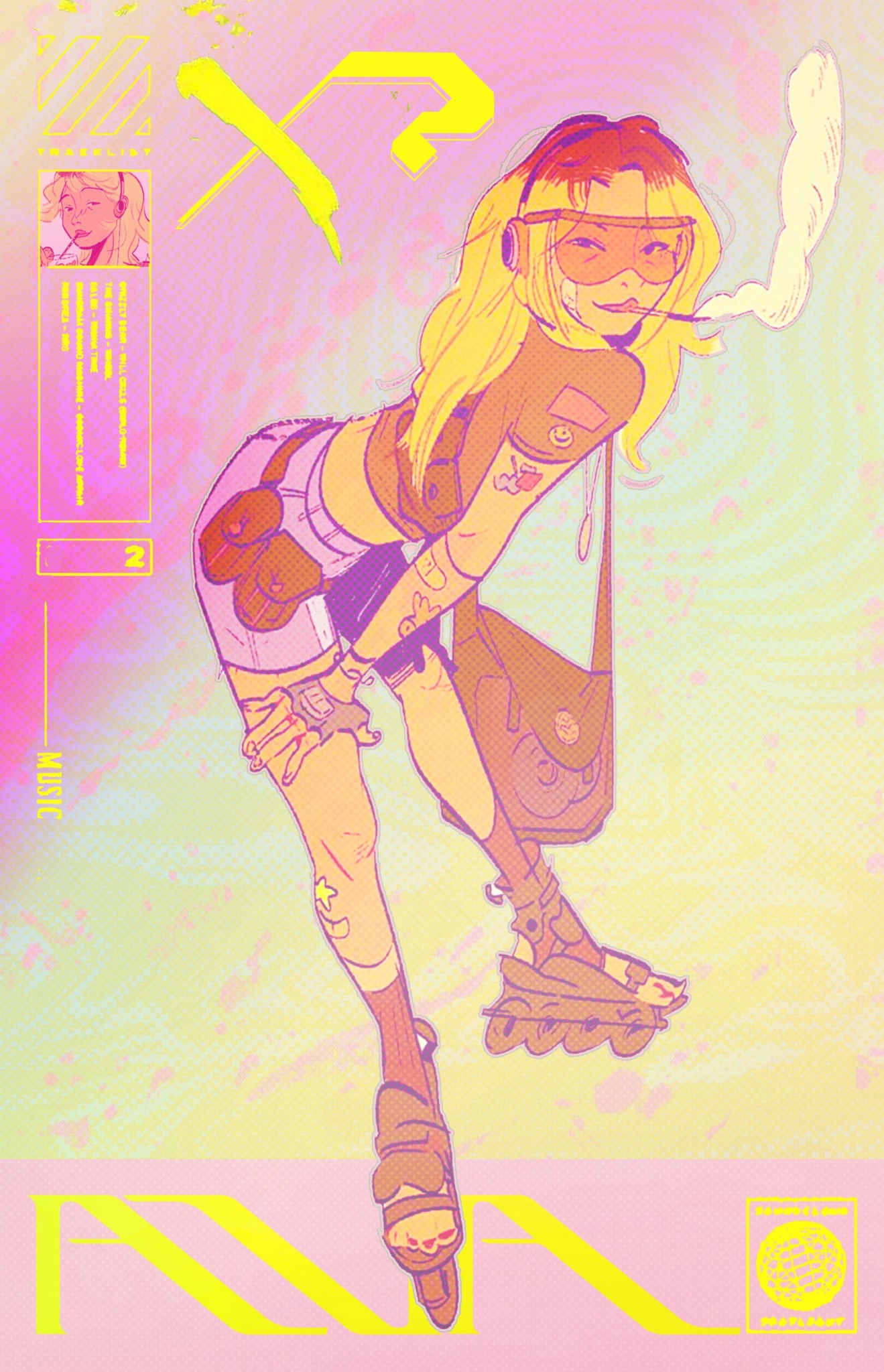
Awesome – so before we get into the rest of our questions, can you briefly introduce yourself to our readers.
I began my craft at a really young age, having inherited my creative touch from my ancestry. I come from a lineage of painters, musicians, artists and designers. I started going freelance graphic design and illustration in high school, later attending the Savannah College of Art and Design as a 3D animation major, illustration minor. After some financial and mental health challenges, I dropped out after my sophomore year. I continued freelance graphic design and art, mostly doing work for small businesses and collaborative work with friends after a move to Atlanta, GA. My full-time professional career started with a job a Cartoon Network/Adult Swim. During my 4 year tenure there I became a very versatile, well-rounded designer. My experience at CN gave me a deeper understanding of the value of systems thinking. Our work spanned virtually every area of design; set design, illustration, graphic design, branding, motion design, product design and more. As a part of the creative group at Cartoon Network, we essentially worked as an in-house agency delivering collateral for internal teams and every show property. After my time at CN/AS, I moved to San Francisco and continued my freelance career. I worked for companies as diverse as Dolby, HBO, Medium, Standard Hotel, Facebook, Nickelodeon, Impossible Foods, as well as several smaller businesses. I constantly balanced my professional career with my artistic practice. After my time there, I entered my second full-time career at Snap Inc. It was my first time venturing into a specialized role at a tech company. I joined Snap fairly early in the company and was hired on to lead creative in their R&D department, Snap Lab, developing their first spatial computing wearable, Snap Spectacles. Spending time around the brilliant minds at Snap and working hand-in-hand with the multidisciplinary teams bringing products to market was a kind of crucible, certainly the most challenging and most rewarding period of my career. It helped me tap in to a renewed love for science and technology, which were early childhood passions for me alongside art. After leaving Snap, I was motivated to merge my passions more intentionally, looking to develop my own products, experiences and research practice. I think what I bring to client work is expansion. I’m always inviting clients and collaborators to look for the deeper purpose, the why, underneath the work and pushing to expand their vision and potential. In addition to that, a systems thinking approach is central to my work. I’m most proud of my range and the diversity of work I’ve been able to create over the lifetime of my career.
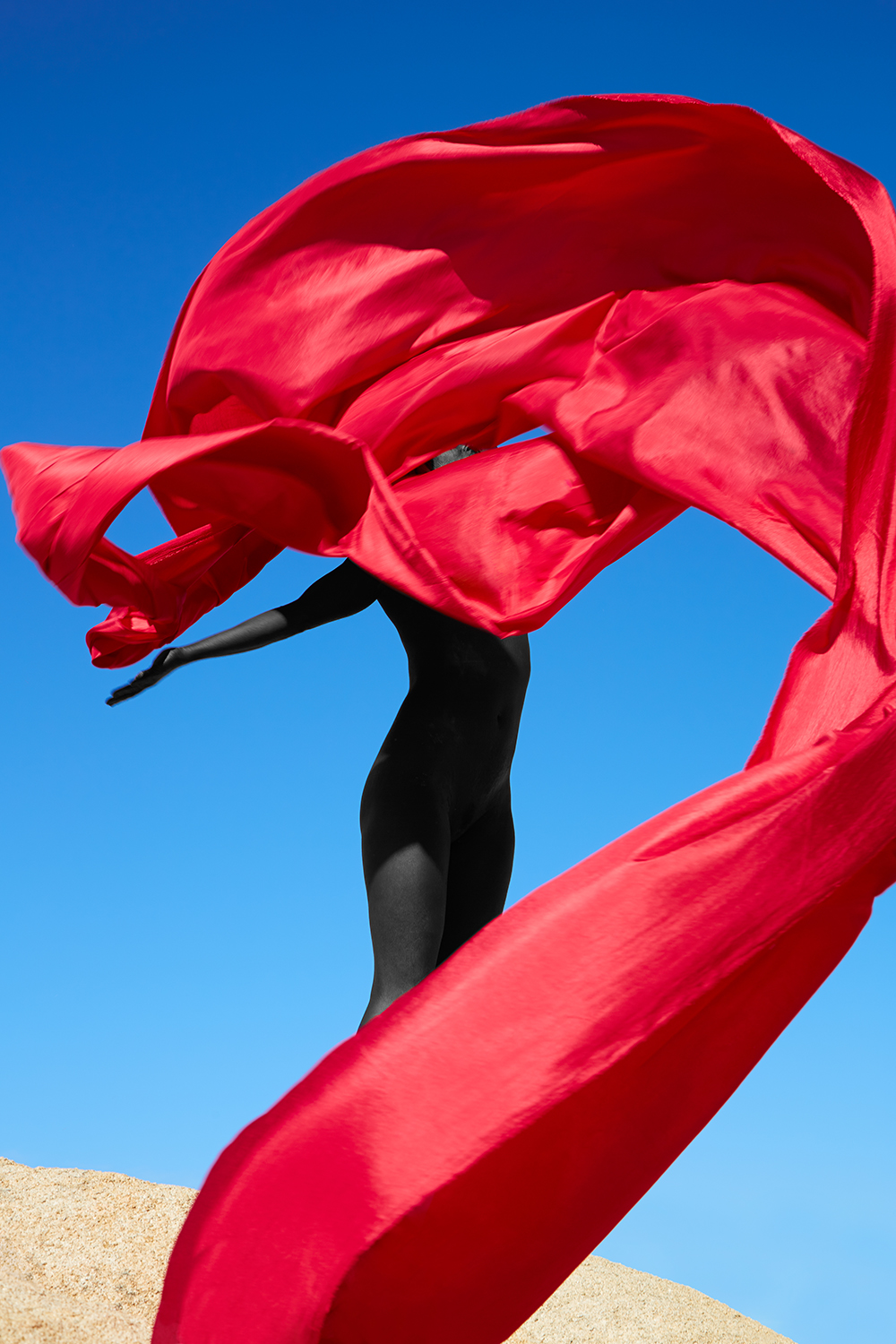
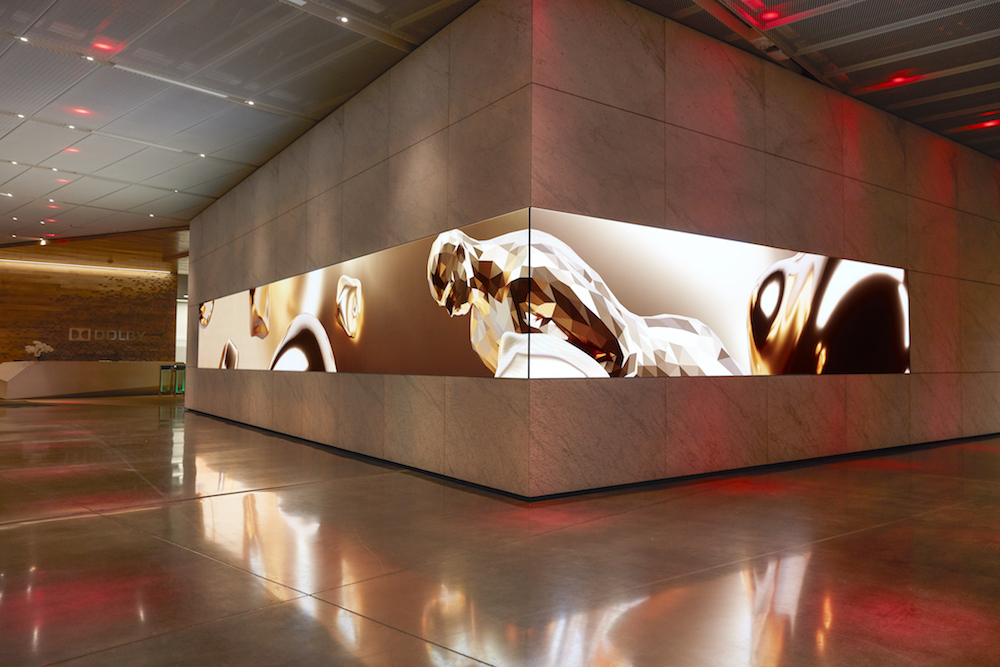
How can we best help foster a strong, supportive environment for artists and creatives?
I think it would be great to see more creatives, especially early in their creative careers, given more clear, practical education about economics, financial literacy and entrepreneurship. So many creatives come from marginalized backgrounds and don’t typically get the same kind of education around finance as some of their more privileged peers. I also think it would be great if more creatives were offered seats at the table in the development of technologies. Even though there are a lot of artists who work at the intersection of art and technology, I find that most of this work tends to be relegated to galleries and limited arts programs. I’d love to see more artists and designers working with technologists and engineers to actually bring products to market at scale.
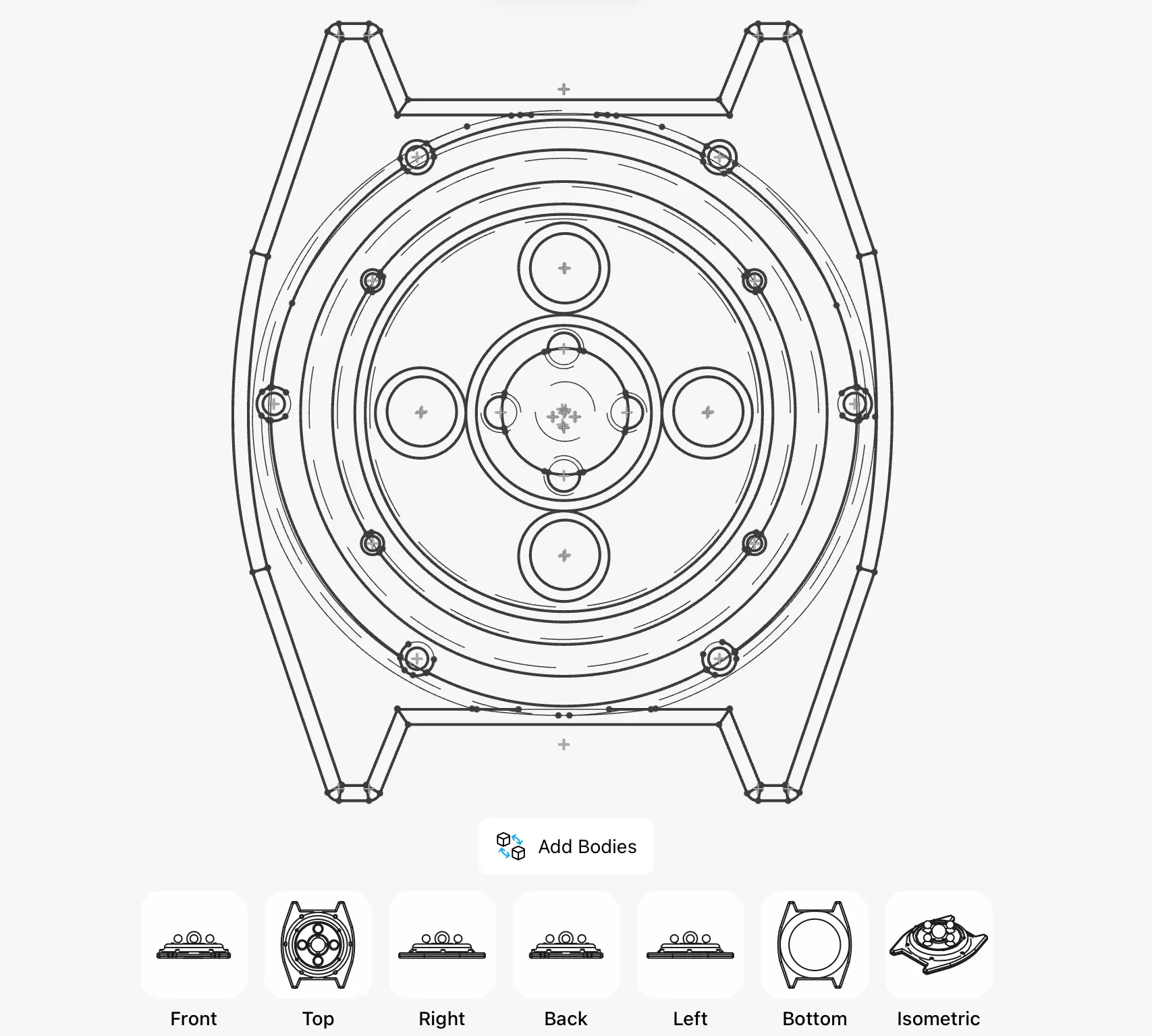

Have any books or other resources had a big impact on you?
Harnessing the Power of Information : Order and Disorder, a Spark documentary.
Contact Info:
- Website: https://theyoungneversleep.org/
- Instagram: @theyoungneversleep
- Linkedin: https://www.linkedin.com/in/mistercollins/
- Other: @yoo.gen on Instagram
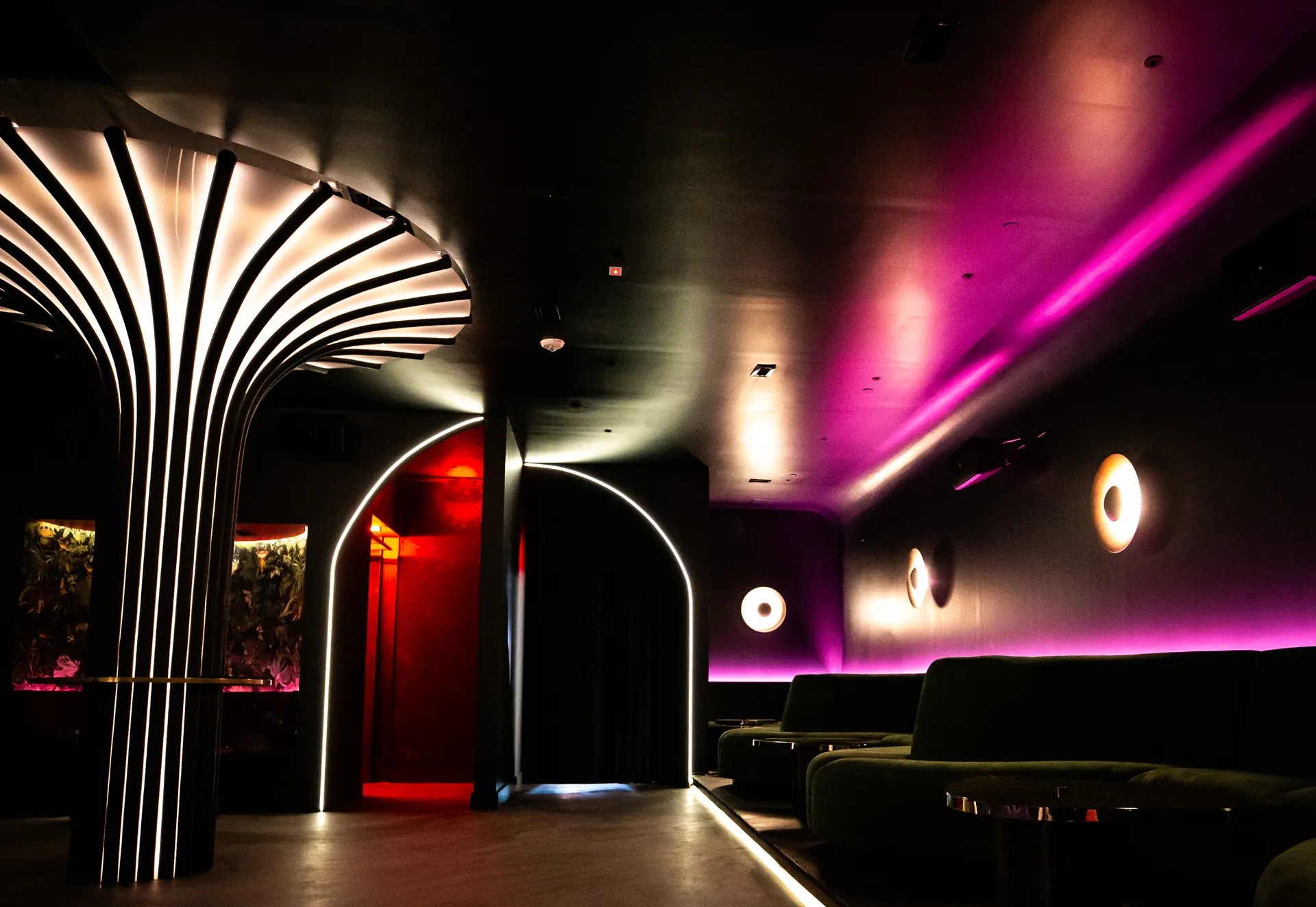

Image Credits
Tanatip Arunanondchai
John Michael Fulton
Omar Ferrer
Gabe Bowens
Madeline Moore
Lyly Hoang
Chris Golden


